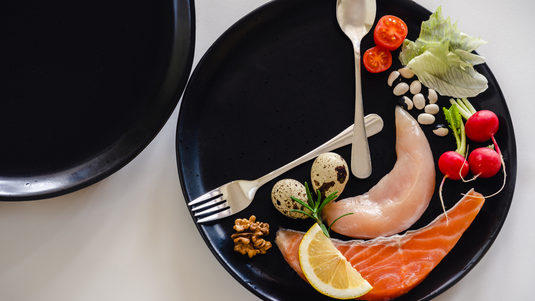Finnish cuisine has been influenced by the country's geographical location, climate and historical development. Part of Northern Europe, Finland is characterized by particularly cold winter months and long summer days. These diverse climatic conditions and natural resources have shaped Finnish cuisine.
Here are the favorite dishes of Finnish cuisine:
Fish: Finland's thousands of lakes and long coastline encourage fish consumption. Species such as salmon, herring, lake trout and kelp fish are frequently consumed. Fish is cooked fresh, salted or smoked.
Rye Breads: Rye bread, known as Ruisleipä, is considered the traditional bread of Finland. It is usually served with cheese or butter.
Pea Soup (Hernekeitto): Pea soup is one of the symbols of Finnish cuisine. Peas are cooked with water or broth, and sausage or bacon is often added.
Karjalanpiirakka: Thin pastry filled with rice and carrots and usually served with butter and egg crumble.
Härkäpapu: Finland promotes legumes and legumes are often used in their dishes. Some local legume species such as Härkäpapu (soybean) are popular.
Lohikeitto: Salmon soup is a soup made with salmon slices, potatoes, carrots and fresh dill. This is especially preferred in the summer months.
Joulutorttu: Known as Christmas pastries, this dessert is especially popular during Christmas time. The triangle-shaped pastry is filled with plum jam and decorated with powdered sugar.
Sieni: Mushrooms hold an important place in Finnish cuisine. Mushrooms that grow naturally in forests are frequently used in cooking.
Marjaliisa: This traditional dish is a type of cabbage gratin made with cabbage, pork and barley.
Sörnäinen Kalakukko: This traditional dish from eastern Finland contains fish, pork and vegetables in rye dough.




